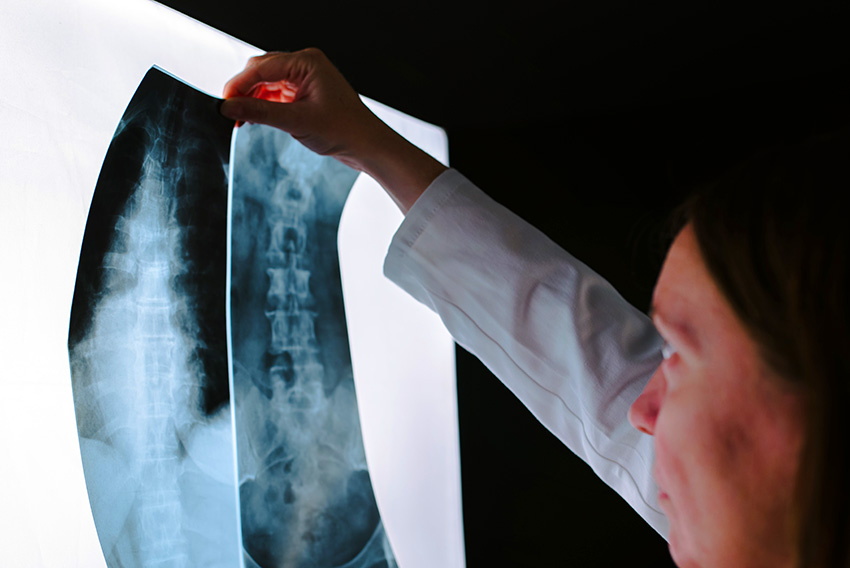
06 Dec How to Recognize the Early Warning Signs of Spinal Issues
Your spine does a lot of heavy lifting—literally and figuratively. It’s the backbone of your body, supporting movement, balance, and overall health. Yet, spinal issues often sneak up on us, starting with subtle signs that are easy to ignore. Recognizing these early warning signals is crucial for preventing long-term complications.
Your Spine’s SOS Signal
Back pain isn’t always a result of a bad mattress or overexertion at the gym. Sometimes, it’s your spine’s way of waving a red flag.
- Chronic pain:
Persistent discomfort lasting weeks or months may indicate underlying issues like herniated discs or degenerative conditions.
- Localized pain:
Sharp, focused pain in specific areas can signal problems like pinched nerves or spinal misalignment.
If back pain doesn’t resolve with rest or simple remedies, it’s time to consult a specialist.
Numbness or Tingling – More Than Just “Pins and Needles”
That weird tingling in your hands or feet? It might not be as harmless as you think.
- Compression issues: When nerves in the spine are compressed, it can cause numbness or tingling sensations.
- Radiating pain: Sciatica, for example, starts in the lower back and shoots down the legs, signaling irritation of the sciatic nerve.
These sensations often point to nerve involvement—a key indicator that your spine may need attention.
Stiffness and Limited Mobility
Does bending, twisting, or reaching suddenly feel like a Herculean task? Spinal stiffness is another early sign of trouble.
Common causes include inflammation in the joints can reduce flexibility. Worn-out discs make movement painful and restricted.
Ignoring stiffness can lead to further degeneration, so don’t dismiss it as just “getting older.”
Posture Problems
Posture isn’t just about standing tall—it’s a reflection of your spinal health.
Look for these signs:
- Rounded shoulders
- A hunched back
- A tilted head that feels like it’s leading the charge
Poor posture places extra stress on your spine, potentially leading to more serious conditions like scoliosis or chronic misalignment.
Frequent Headaches – An Overlooked Connection
Not all headaches originate in the head. Sometimes, they stem from issues in your neck and spine.
- Cervicogenic headaches: Caused by problems in the cervical spine.
- Tension headaches: Linked to tightness in neck muscles, often from poor spinal alignment.
If headaches persist despite hydration, rest, and painkillers, your spine might be the hidden culprit.
How to Protect Your Spine
Prevention is always better than cure. Incorporating a few spine-friendly habits into your daily routine can keep problems at bay.
- Maintain good posture: Use ergonomic furniture and avoid slouching.
- Stay active: Regular exercise strengthens core muscles, providing better spinal support.
- Lift wisely: Use your legs, not your back, when lifting heavy objects.
- Stretch often: Gentle stretches can improve flexibility and reduce stiffness.
Conclusion
Your spine is more than just a stack of bones—it’s the foundation of your body’s movement and function. By paying attention to early warning signs like pain, numbness, or stiffness, you can catch potential problems before they escalate.
Don’t wait for your spine to scream for help. Listen to its whispers, take preventive steps, and seek professional care when needed. After all, a healthy spine means a healthier, more active you.

